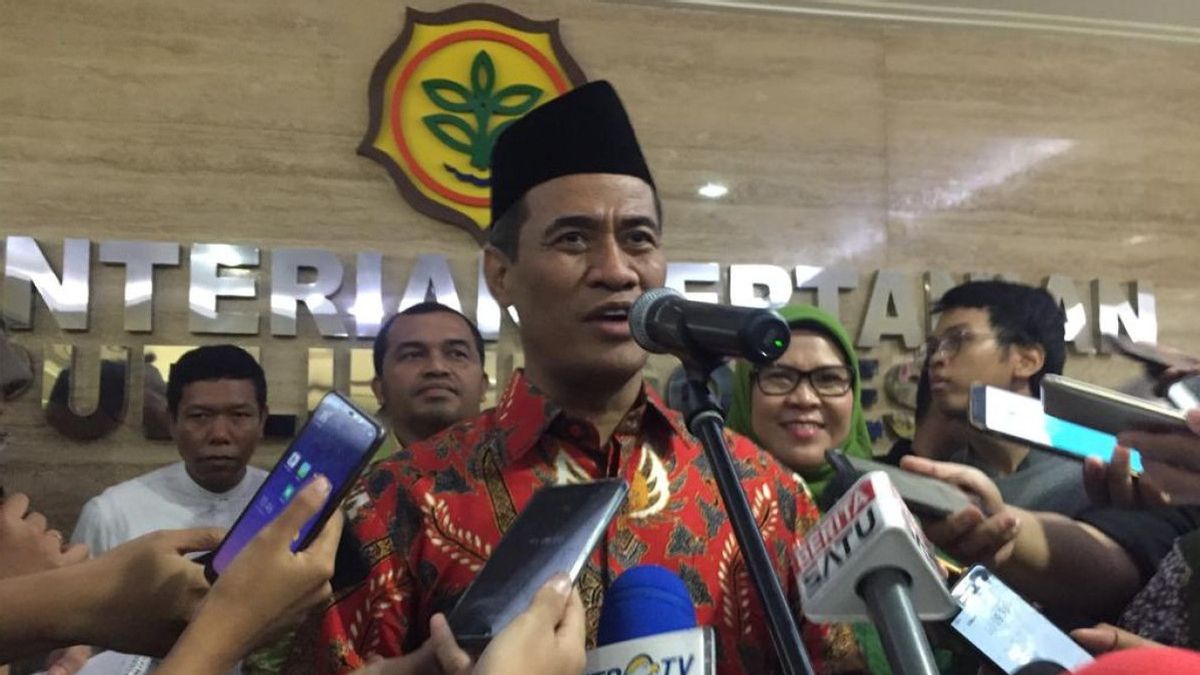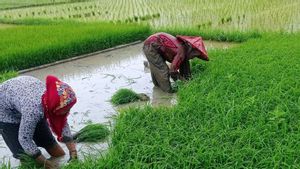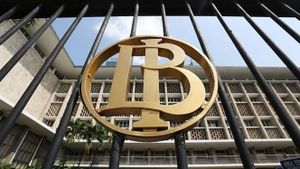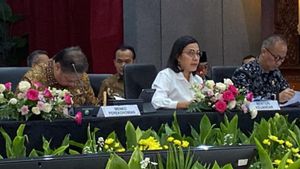JAKARTA - Minister of Agriculture (Mentan) Andi Amran Sulaiman stated the importance of mitigating the long dry risk through pumping, as a strategic step in helping farmers overcome drought and maintaining stability of agricultural productivity.
"Please mitigate the risk of drought with pumping carried out massively throughout Indonesia," Amran said as quoted by ANTARA, Wednesday, August 14.
He said that pumping is a quick solution to increase domestic rice production amid the threat of drought. The program has been running since early 2024.
With pumping, the irrigation of rice fields can be done by extracting water from rivers or reservoirs using pumps, then flowing through pipes to rice fields.
Until now, he said, the total realization of the planting area or expansion of the planting area (PAT) as of August 7, 2024 has reached 915,394 hectares.
Amran emphasized that the success of the PAT program is strongly supported by the acceleration of pumping which has reached more than 716,293 hectares.
"Meanwhile, for this year, the Ministry of Agriculture has allocated 62,378 water pumps and 9,904 pumping irrigation units," he explained.
The Minister of Agriculture added that the impact of pumping has been felt and is positive for farmers in the regions. Therefore, the installation of water pumps in agricultural center areas must be accelerated.
He also asked for this to be a special concern for governors, regents and mayors throughout Indonesia.
Previously, the Meteorology, Climatology and Geophysics Agency (BMKG) released a severe drought that is currently spreading to various regions. This can be seen in the monitoring data of the Day Without Rain (HTH) weather conditions that occurred during BMKG monitoring at the end of July 2024.
"Monitoring HTH shows that the majority of Central Java, East Java, West Nusa Tenggara and East Nusa Tenggara have experienced extreme long HTH, which is more than 60 days of not experiencing rain," said Plt. Head of BMKG Dwikorita Karnawati in a statement in Jakarta, Tuesday.
SEE ALSO:
According to Dwikorita, the longest HTH has so far occurred in the Naoini, Tenau, Futubena and Mapoli areas of NTT.
There, drought even reached 102 to 103 days without rain.
"Therefore, I hope to mitigate the potential impact of drought on food center areas by ensuring adequate irrigation water and water availability in irrigation networks," he said.
Meanwhile, the analysis of rainfall and analysis of rainfall properties for the last two grounds also showed that drought extends to most Sumatra, Java, Bali, West Nusa Tenggara, East Nusa Tenggara, Kalimantan and parts of Sulawesi with an average rainfall of less than 20 mm/dasarian.
"Furthermore, it is predicted that the dry season will soon enter most of Kalimantan, mostly Sulawesi and Maluku," he said.
Based on the monitoring, he said, BMKG appealed to farmers to adjust their planting patterns, especially in food crops and horticulture so that in the future they can meet national food security.
"Immediately make adjustments to the plant patterns of food crops and horticulture in areas experiencing drought," he said.
The English, Chinese, Japanese, Arabic, and French versions are automatically generated by the AI. So there may still be inaccuracies in translating, please always see Indonesian as our main language. (system supported by DigitalSiber.id)










